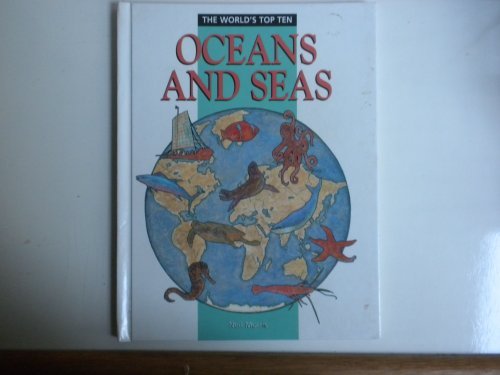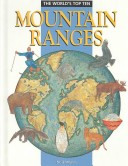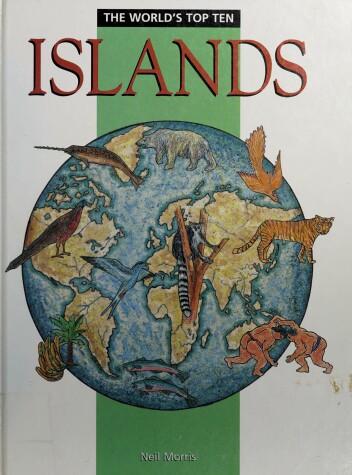World's Top Ten
8 total works
This book shows what life is like in a city, how housing and transport systems have adapted for huge populations and also why living in the world's great cities may be challenging but can also be enjoyable and rewarding.




